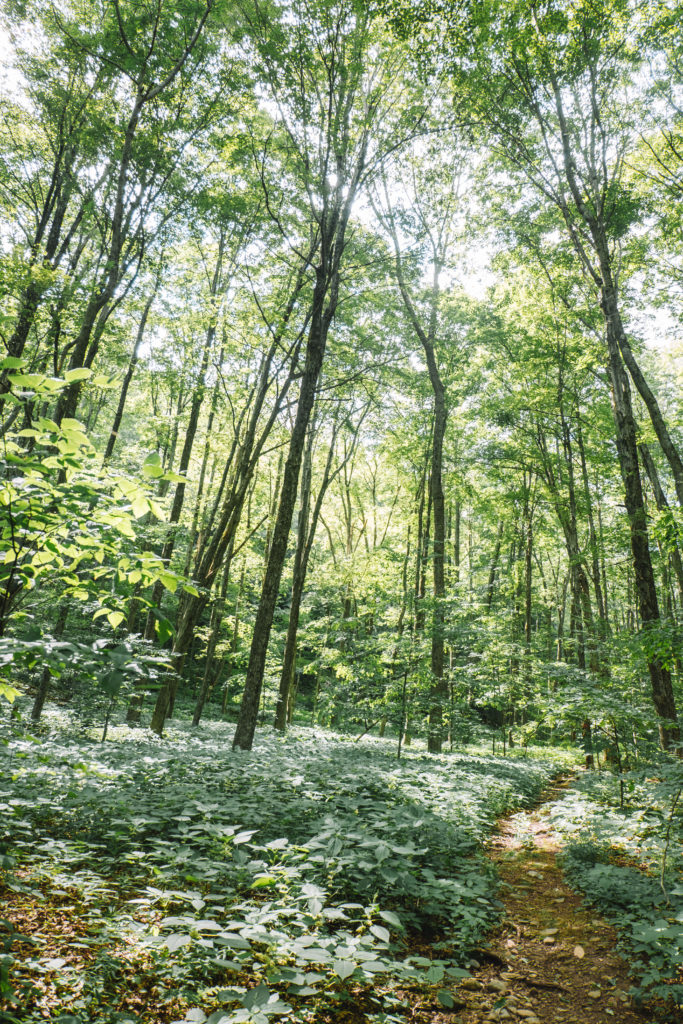
As the name of my blog suggests, you can tell I’m all about conscious consumerism, decisions and a conscious lifestyle as a whole. Making mindful choices as a conscious consumer is important and a value I try to live by as closely as possible whenever I can.
With COVID-19 still being at the forefront and making it tough to travel long-distance, I recently went on a road trip to upstate New York. If you’ve ever been on a road trip, you know that it’s easy to fall victim to rest stop snacks. To combat this, I’ve been bringing my own snacks on trips whenever I’m able to. As much as I’d love to live completely plastic-free, it’s not always that easy or possible at all. Sometimes plastic finds its way into our lives and while being completely plastic free is probably an unrealistic scenario for most of the world in the near future, there’s companies dedicated to offering a bridge of what’s been done in the past and where we can go in the future. Enter Perfect Packaging.
Dedicated to creating more value and less environmental footprint, the #flexiblepackaging industry is a realistic step in the right direction, as it offers much more sustainability throughout the entire life cycle.
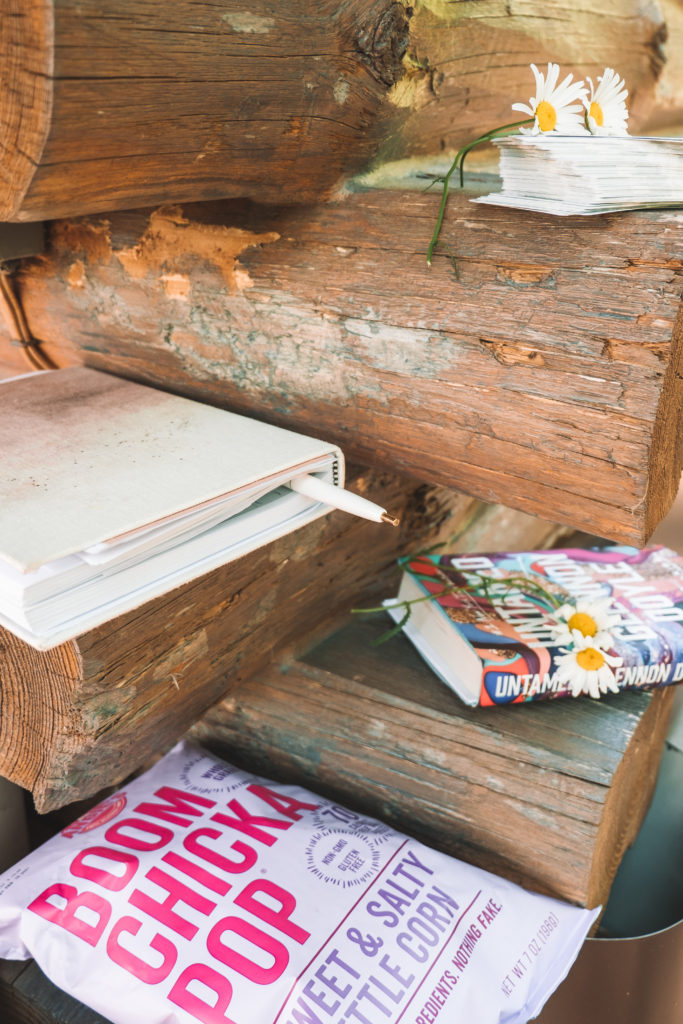

Let me break down how.
1. Flexible Packaging Reduces Waste at Every Stage of its Life
In the U.S., 1/3 of food waste is from cooking or serving too much, and 2/3 of food waste is due to food spoilage. Flexible packaging extends the shelf life of food, both in store and at home, which means food waste is being reduced. This in turn limits greenhouse gas emissions from landfills.
Innovation and technology allow manufacturers to use fewer natural resources to create packages and use the least amount of packaging necessary to protect and preserve products, creating less waste from the start.
2. Flexible Packaging Creates Less Environmental Footprint
When the full life cycle of packaging materials is considered, eco-friendly packaging requires less energy to manufacture and transport packaging. This results in less product waste, water usage and a reduced carbon footprint.
3. Flexible Packaging can be Upcycled and Reused
About 50% of flexible plastic packaging is easily recyclable through in-store drop-off programs, while the other half can be chemically recycled or used as energy feedstock. It’s a win win!
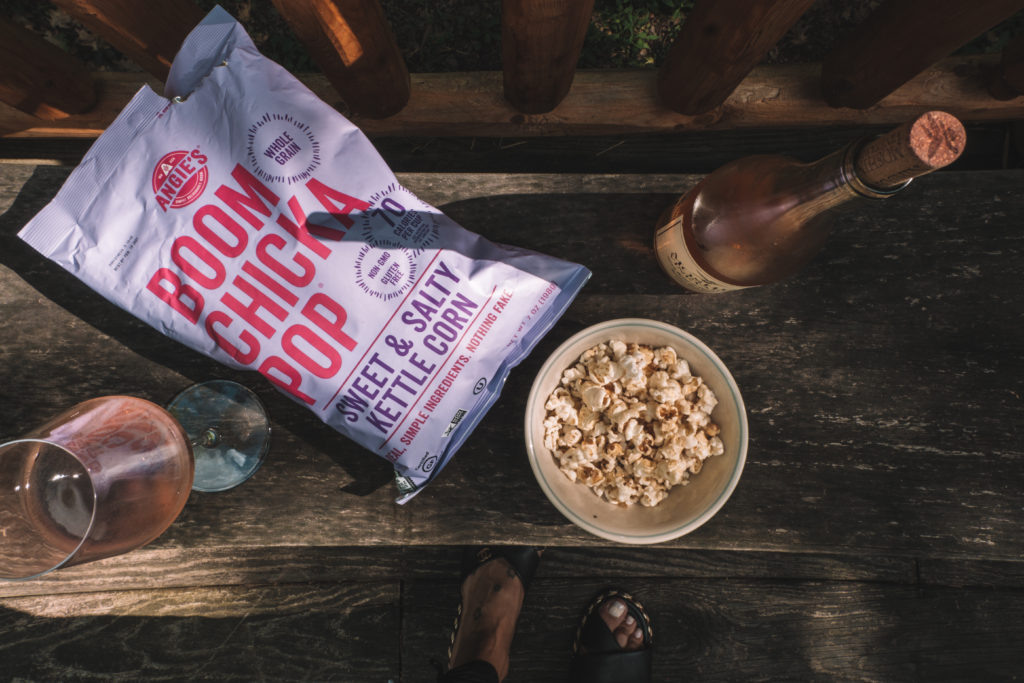
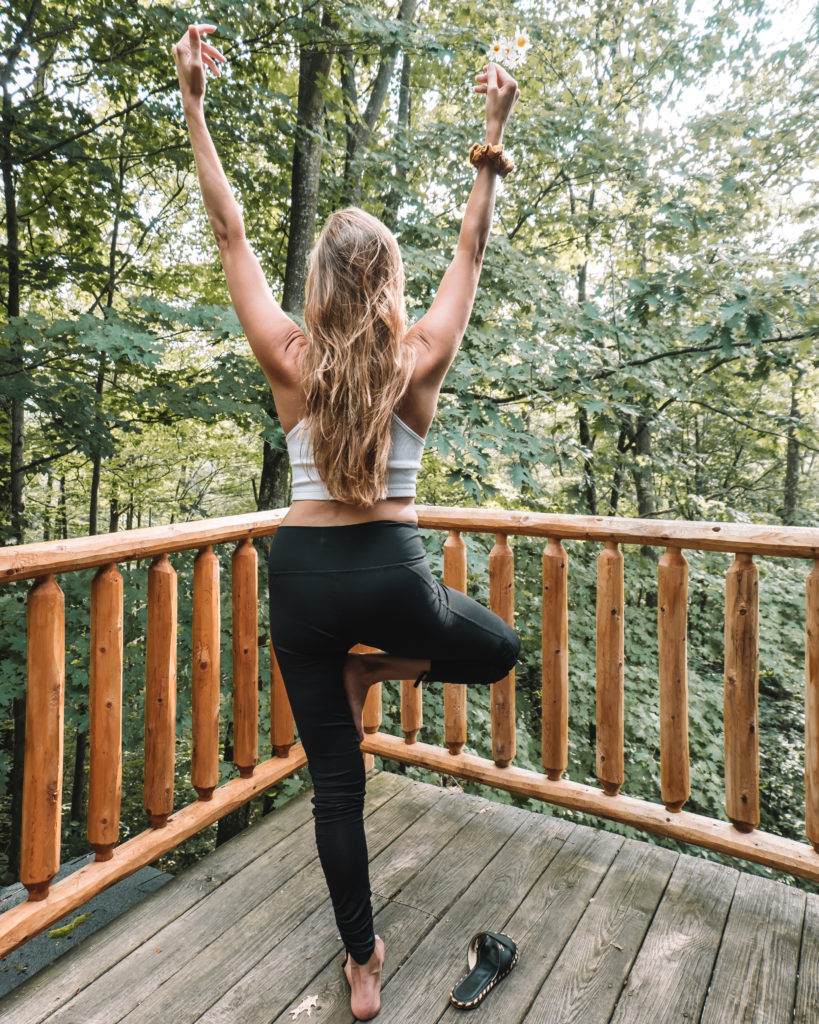
Shop the post:
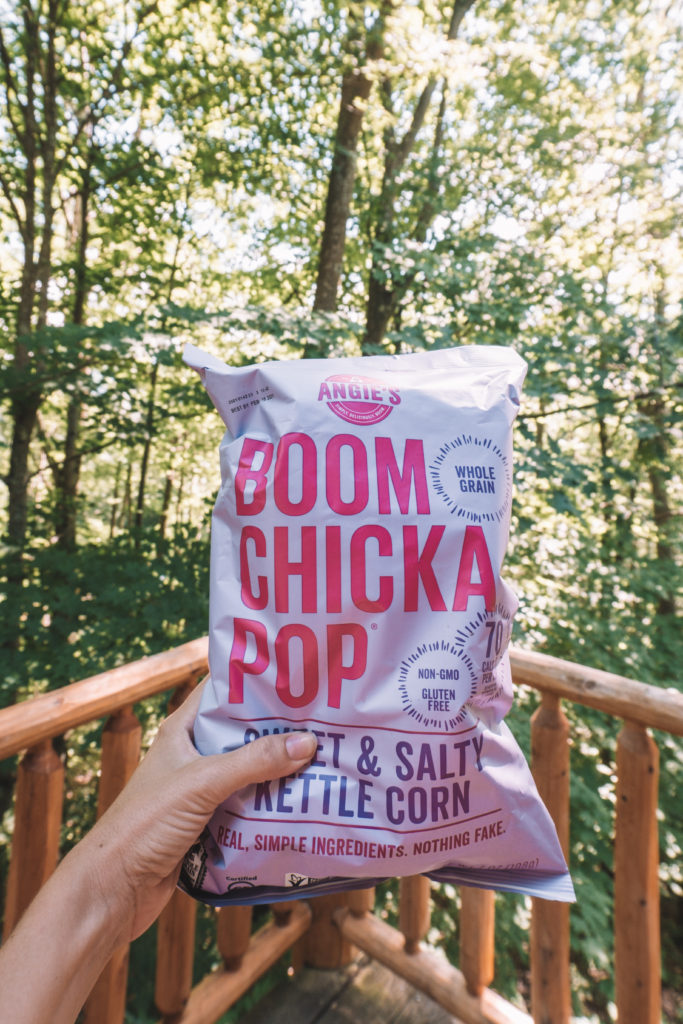
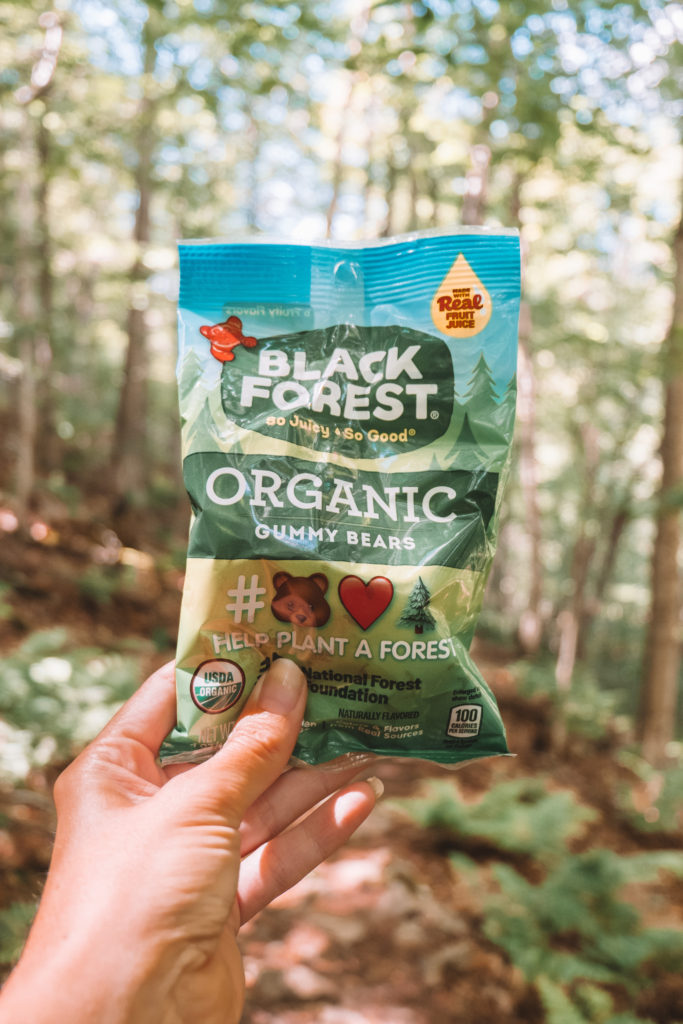
Choosing to make use of flexible packaging still starts with a conscious decision of the consumer, but when viewing the benefits from its fossil fuel and water usage, to its carbon impact and product-to-package ratio, it’s easy to see why sustainable packaging is so environmentally effective.
There’s so many forms of packaging or plastics, but not all are created equal. Eco-friendly packaging is made with sustainability and the overall environmental footprint top of mind and I’d love to encourage you to make a conscious decision going forward and pay attention to the type of packaging you choose – on a road trip or at home.
This post was written in paid partnership with The Flexible Packaging Association
Save for later:
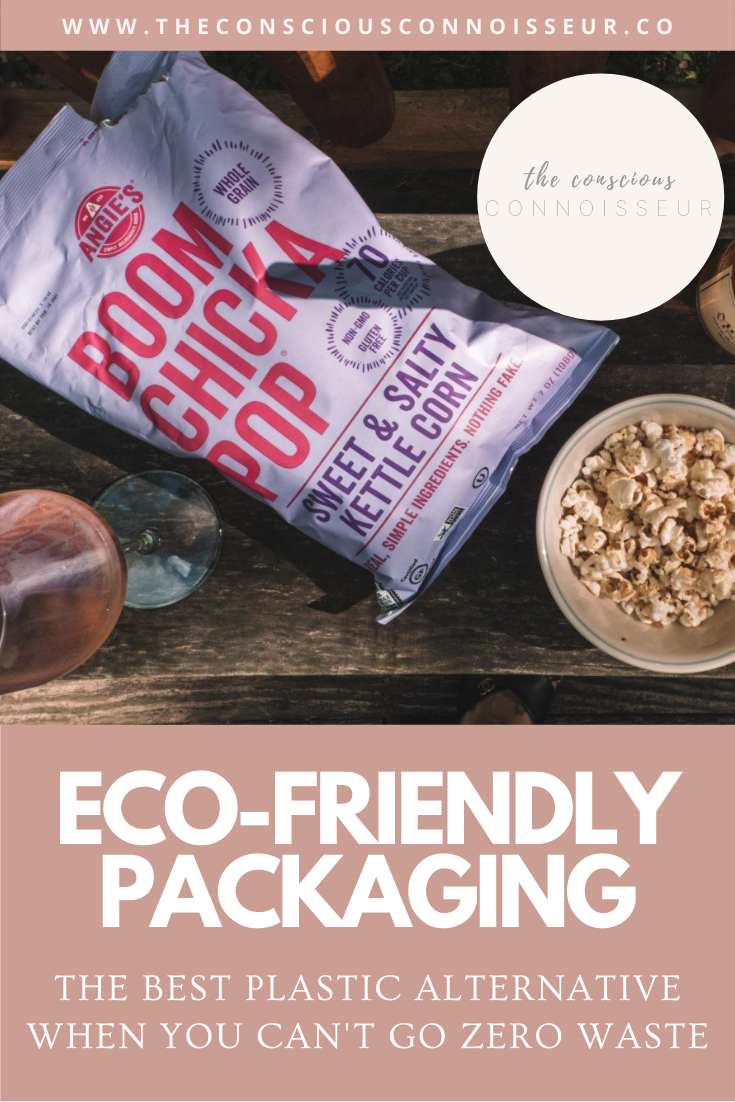
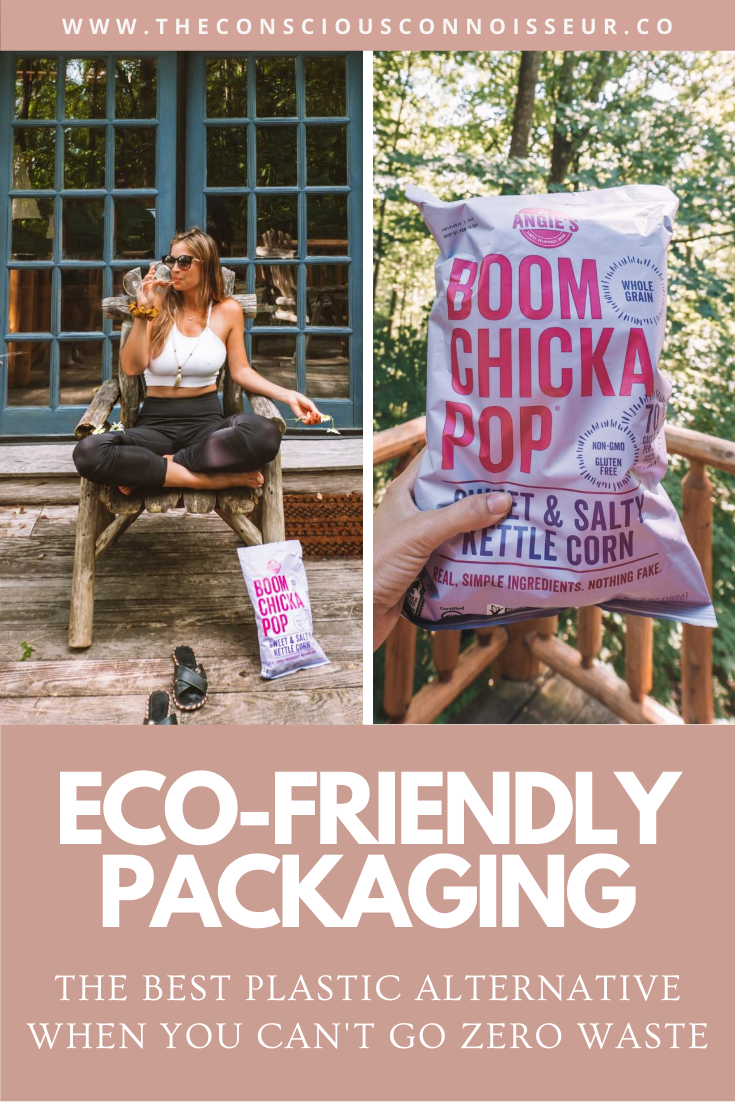



Found in
conscious consumerism, eco-friendly, sustainability